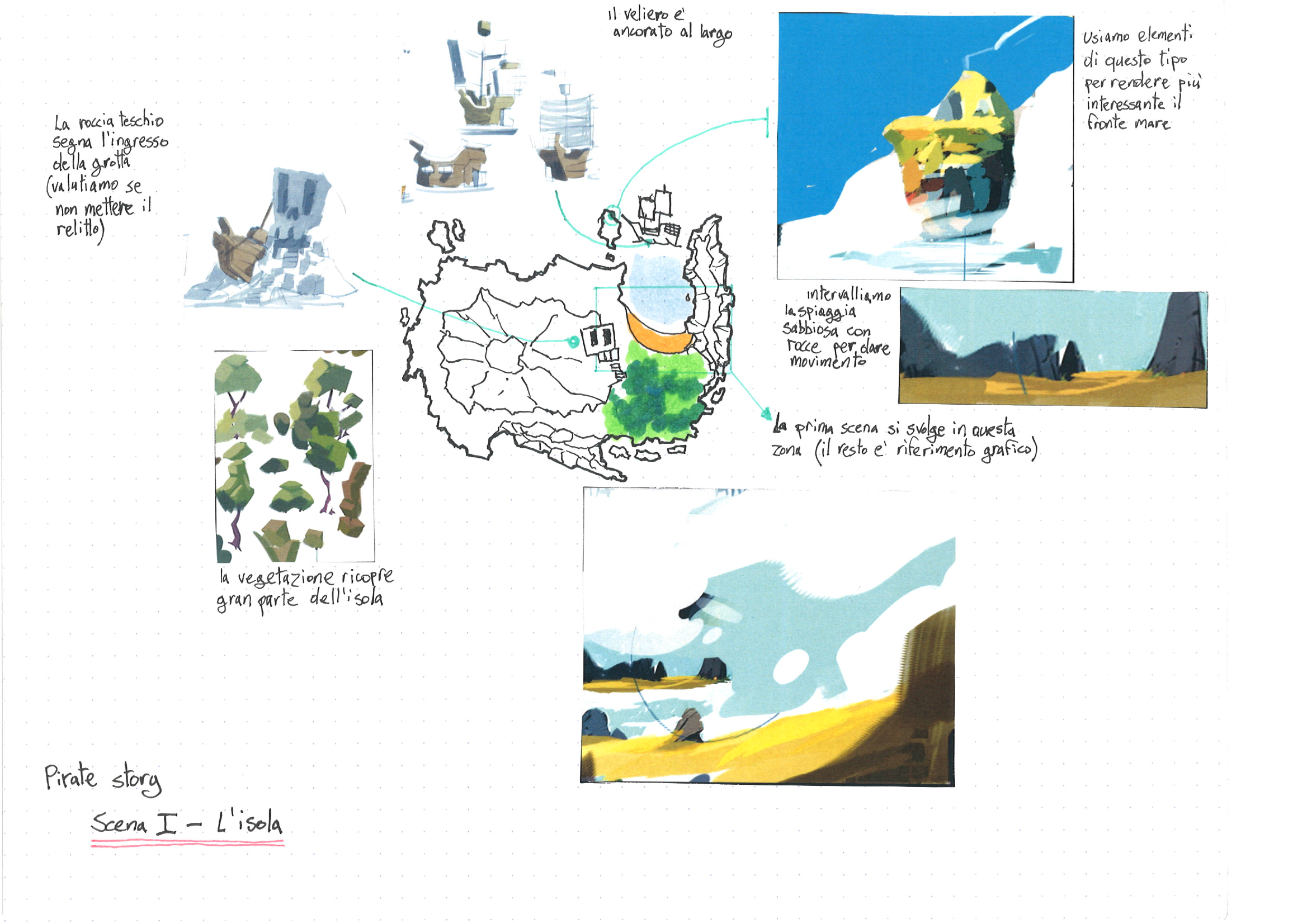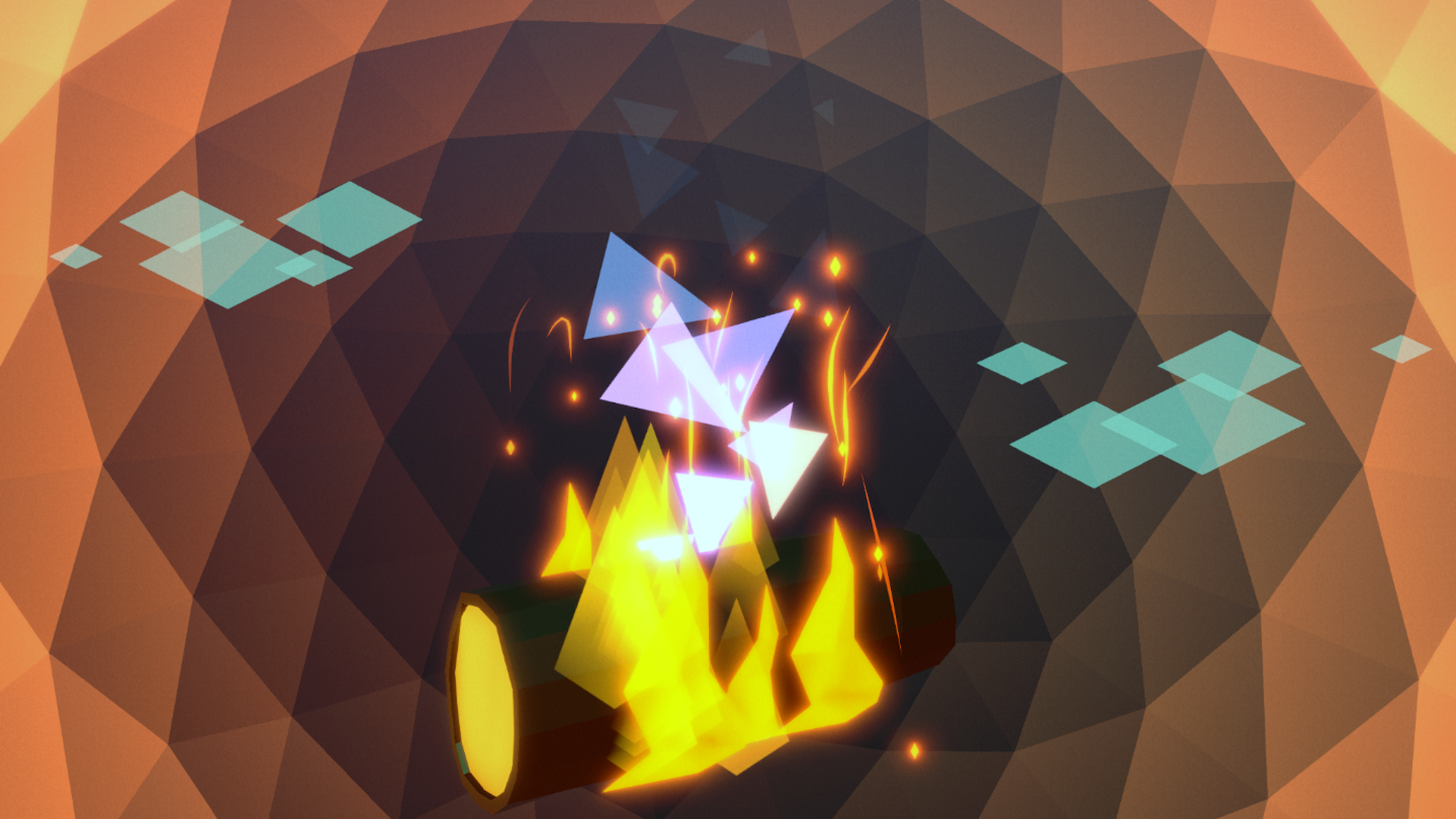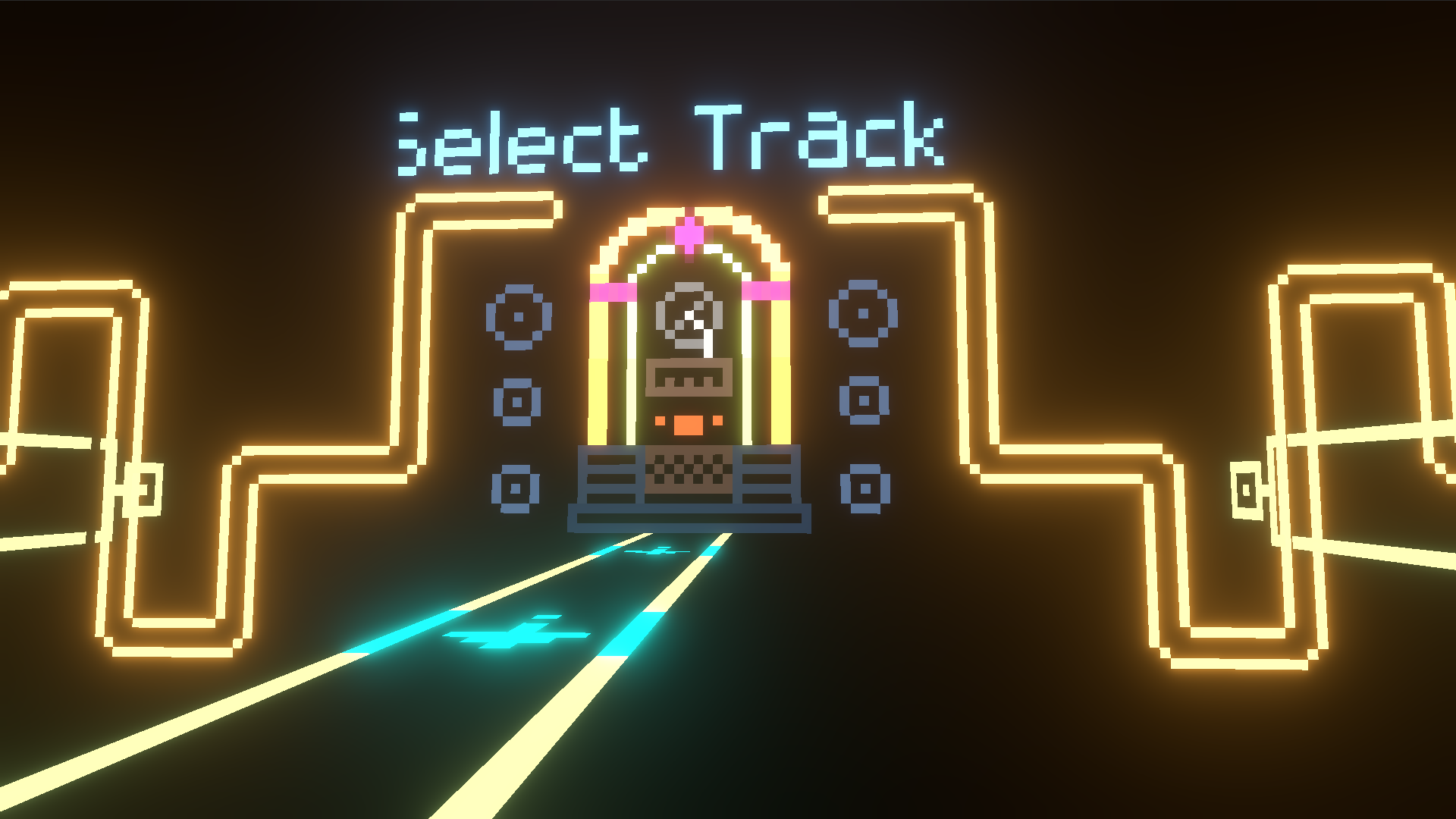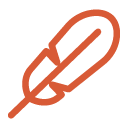First, emotions.
When it comes to design, I like to think a lot in term of emotions. My starting point is to figure out the kind of emotions/sensations I want to evoke in people in order to better support the message conveyed through interaction. This usually leads to a very small concept document and to some interactions schemes made on paper. I like to quickly try to visualise what I have in mind.

From wireframe to prototype.
Once I have a rough idea of how my interactive experience will look, I start defining it through wireframes and interaction prototypes. II like to start on paper and then I usually move to Unity, depending on the complexity of the interaction and the scope of the experience. With this step I try to capture the core essence of what I want to do, so to have a minimum viable product as soon as I can.
At this point I usually start thinking about the microinteractions that can help me to make the application more "physical" and relatable. The animations are still rough here, but I try to set a direction to aim for. I also make up my mind on an audiovisual style that empowers the message and the emotions.
Observe and think.
Now it's time to analyse what it has been done, possible doing some first tests. I like to make a list of observations, where I put everything that works or that doesn't. Then I write down all the results I have obtained through this first iteration, the hypotheses of what can be added and how and the possible corrections that have to be made to improve the design. Everything that doesn't work and cannot be corrected is put away. The aim is to have a core of features that really work.
This way I have a first draft document of what I want to do and how. I like to think about it as a map that I constantly update while exploring an uncharted territory. Or as a scientific research.


Round and round.
When the first prototype is convincing, I build on top of that. I usually start by refactoring code from the prototype (if applicable) and I detail everything better. I put in better assets, tweak the flow and so on. I set up goals and deadlines and update the observation document accordingly. This way the project naturally grows towards the final product. The idea is to keep the goals central and then to change and detail the mechanics and interactions while iterating, keeping the process flexible and adaptable to change.
Design and production are thought as exploration. I know what I want to reach, but the way I will reach it is to be defined. This is central in order to deliver a great product.
